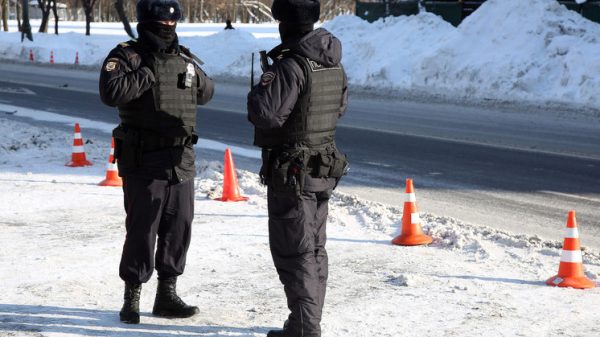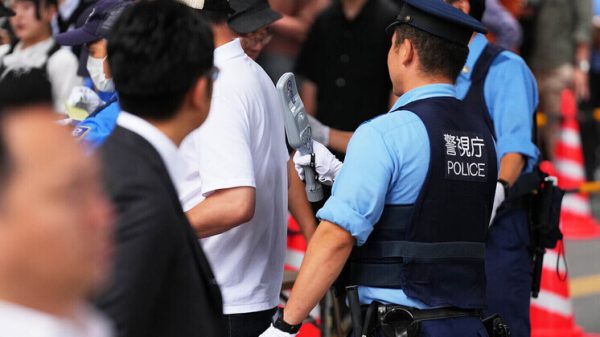Versions of death named
The remains of horses buried 2000 years ago were found in central France. Archaeologists are trying to determine whether the animals were killed in battle or buried as part of a ritual.

French archaeologists have discovered nine large burials containing the remains of horses dating back nearly 2,000 years, in what has been described as an “extraordinary” find.
The Guardian reports that the 28 stallions, all around six years old, were buried shortly after death, each placed in a pit on their right side, with their heads facing south. The remains of two dogs were found in a nearby grave, with their heads facing west.
Experts from France's National Institute for Preventive Archaeological Research (Inrap) say radiocarbon dating places the remains back to the Gallic Wars, around the end of the Roman conquest of what was then Gaul and the beginning of the Roman Empire between 100 BC and AD 100.
Scientists are examining the bones to try to establish whether the animals were buried after being killed in battle or as part of an elaborate ritual. Disease was considered unlikely because only adult male horses were buried, but the remains are being checked for parasites.
The discovery was made during excavations in Villedieu-sur-Indre, in central France, in an area dating back to the 5th and 6th centuries, where buildings, ditches and a medieval road were also discovered. The first pit discovered contained 10 complete horse skeletons. The animals, just 1.2 meters tall, which is said to be typical of Gallic horses at the time, were carefully placed in two rows one after the other.
The arrangement of the burial is similar to earlier finds elsewhere in France. In 2002, at the Gondola in the Puy de Dome, archaeologists discovered a rectangular grave containing the bodies of eight Iron Age warriors and their horses, which appeared to be a Celtic burial. All men lay on their right sides. Historians believe they may have been companions of the Celtic king who committed suicide after his violent death.
Isabelle Pichon, leader of the Inrap archaeological expedition, said the latest find was “unusual but mysterious.”
“Because of where they were buried, we think they were related to the Gallic Wars fought by Julius Caesar in the 1st century BC, but that's still just a theory,” she said. “We know that an important battle took place here, and the Roman army passed not far from here, but we have so little evidence, and so far we have not found anything that indicates how they died. However, we cannot exclude that it was a ritual burial, although there were no objects near the horses.”
Pichon says DNA samples were taken from the bones and sediment samples around them.
< “We know that the Gauls had these types of small horses, but we also know that some of the Roman auxiliaries had them, so we hope that some of the DNA samples we took will provide some answers,” she said. “This is an extraordinary discovery due to the rarity of such finds, but it remains a mystery. What we do know is that these horses were buried with special care. They weren’t just thrown into a hole, but they were treated with care and respect.”


















































Свежие комментарии